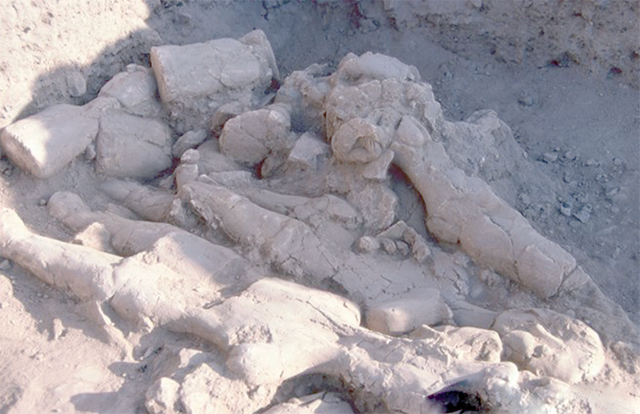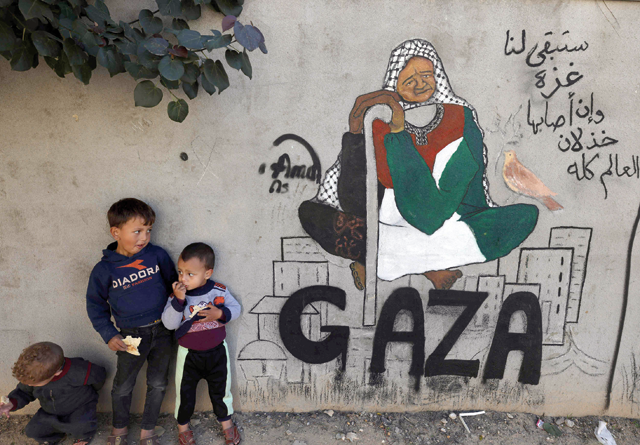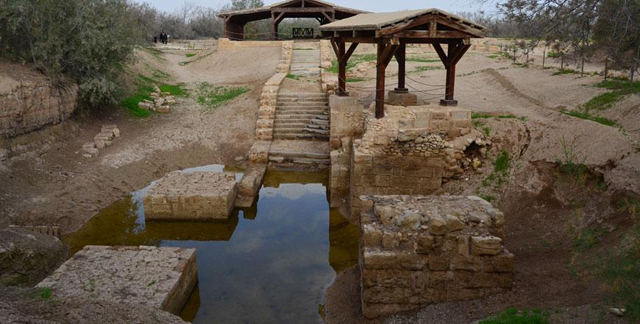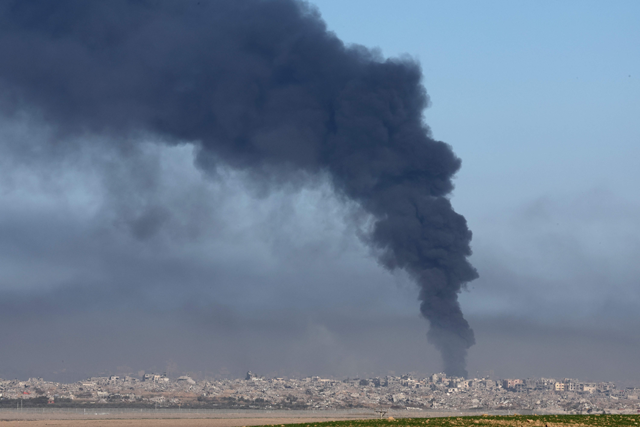AMMAN — The Neolithic in the Levant was characterised by the first sedentary farming communities in the world and the transition from hunting-gathering to farming took place between 18,000BC and 9.500BC. Researchers also studied funerary practices of that period...
AMMAN — The Neolithic in the Levant was characterised by the first sedentary farming communities in the world and the transition from hunting-gathering to farming took place between 18,000BC and 9.500BC. Researchers also studied funerary practices of that period and drew some interesting conclusions.
After death, adults and children were buried without grave goods in individual interments and in some cases, the location of the skull appears to have been marked, enabling this to be removed later without significant disturbance to the post-cranial skeleton.
According to some archaeologists, the skulls may have been cleaned and used by the living community prior to reburial, but they confess that this is difficult to trace archaeologically.
“The archaeological evidence is also insufficient to confirm suggestion that infants were placed in dedicatory positions within houses, such as foundations, while adults were predominately placed in intra- or extra-mural locations,” noted Professor Emma Jenkins from The Bournemouth University, adding that absence of grave goods, burial of individuals, use of simple graves, and practice of skull removal are interpreted as serving “to integrate communities and downplay socioeconomic differences between individuals and kin groups in the face of economic and social change”.
The mortuary practices of the Pre-Pottery Neolithic B (PPNB) period have been more extensively documented in light of the larger number of burials from sites such as Jericho, ‘Ain Ghazal, Aswad, Beidha, Jerf Ahmar, Nahal Hamar, Yiftahel, Tell Halula, and Kfar Ha Horesh, the professor said, adding that the mortuary practice of the consisted of three systems: The primary interment of adults, probably both males and females in single graves; the interment of infants in single graves; the secondary removal of some, but not all, adult skulls from primary graves for some form of unknown ritual.
Professor Emeritus Gary Rollefson has talked about a further form of burial, the “trash” burial, where an individual appears to have been discarded in deposits.
“Some of the removed skulls in the PPNB were ‘decorated’. Several, perhaps all, of those within a cache of six skulls at Nahal Hemar had been partially covered in black asphalt in a geometric pattern. Some skulls had faces modelled in plaster adhered onto them, occasionally providing a realistic impression of flesh,” Jenkins underlined.
Furthermore, a variety of techniques were used and these appearing to vary between sites. Techniques included multiple plastering events, painting and inserting shells for eyes for the more lively impression.
“Some skulls that had been plastered lacked mandibles, resulting in a distorted face. The reburial of plastered and un-plastered skulls often occurred in caches, with a repeated pattern being found at ‘Ain Ghazal of three skulls in a row within the southeast corner of a room and facing away from its centre,” Jenkins underscored.
Also, human masks, statues and figurines played a prominent role in the PPNB ritual activity. The most striking evidence of this is the two caches of half-life-size plaster figures found within pits at ‘Ain Ghazal.
“The deliberate removal of some or all of the skeletal parts has been related to ancestor worship, but what that might mean is not clear. Watkins has suggested that the appearance of sub-floor burials may relate to new forms of residence, ownership and lineage. While the primary burial of an individual may be a household event, secondary mortuary rituals often cross-cut households and kin groups, appearing to emphasise the community over the individual,” Jenkins concluded


















